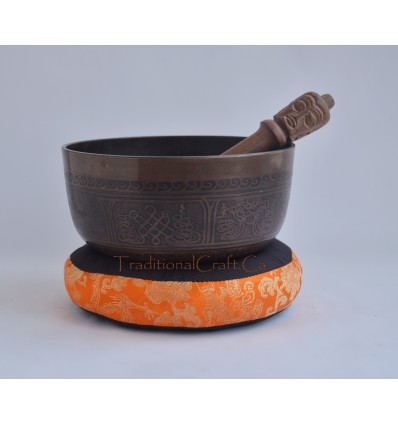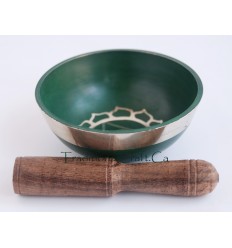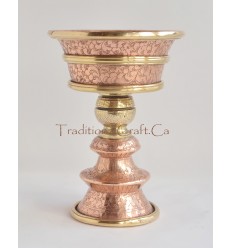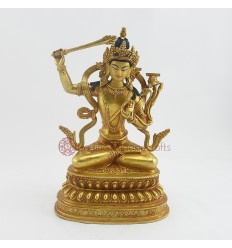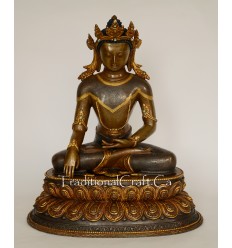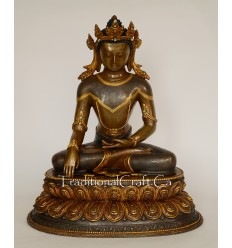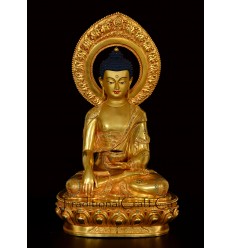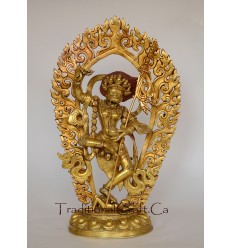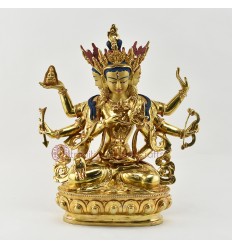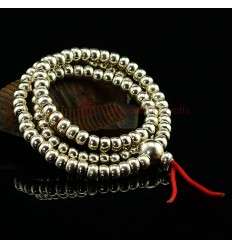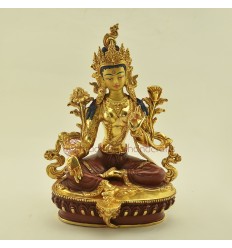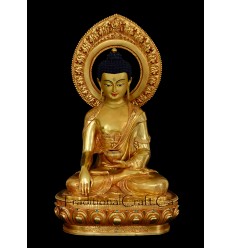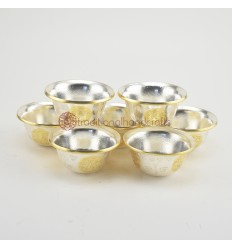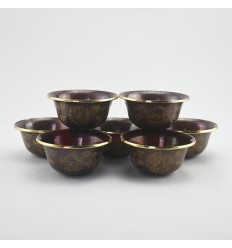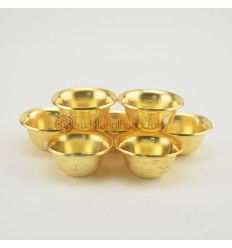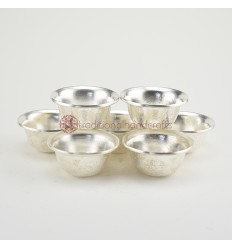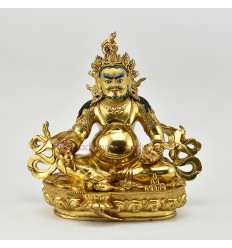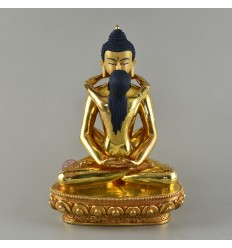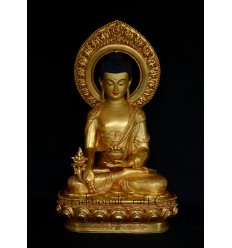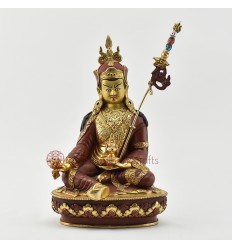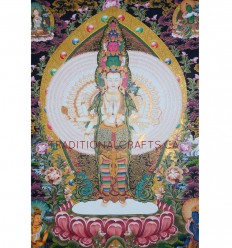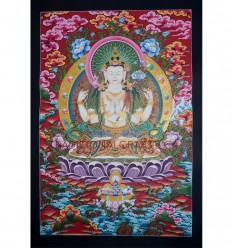No products
Product successfully added to your shopping cart
There are 0 items in your cart. There is 1 item in your cart.
Fine Quality 7" Bronze Alloy Tibetan Buddhism Singing Healing Meditation Bowl from Nepal
New
Fine Quality 7" Height Tibetan Singing Meditation Healing Bowl Antiquated Bronze Alloy from Nepal
1 Item
Warning: Last items in stock!
Purchase Details
| Name | Tibetan Singing Bowl - Antiquated Bronze Alloy |
| Size Details | Diameter of the Bowl: 7" Height of the Bowl: 3.25" Length of the Mallet: 8.75" Diameter of the Mallet: 0.75" |
| Material | Singing Bowl: Bronze Alloy and Color Mallet: Rosewood wooden Mallet Cushion: Cotton and Foam |
| Shipping Weight | 1.4 kg / 3.08 lbs. |
| Ships From | Patan, Nepal |
| Shipping Provider | DHL Global Priority Express |
| Shipping Time | Usually ships within 48 hours. Allow 3-5 business days for delivery worldwide. |
| Insurance | Insurance is included in the shipping cost. |
Tibetan Singing Bowl
Singing bowls(also known as Tibetan Singing Bowls, Healing Bowls or Himalayan Bowls) are type of bell, specifically classified as a standing bell. Rather than hanging inverted or attached to a handle, singing bowls sit with the bottom surface resting. The sides and rim of singing bowls vibrate to produce sound characterized by a fundamental frequency(first harmonic) and usually two audible harmonic overtones(second and third harmonic). Singing bowls are used worldwide for meditation, music, relaxation, and personal well-being. They are used by a wide range of professionals, including health professionals, school teachers, musicians and spiritual teachers. Singing bowls are used in health care by sound healers, psychotherapists, massage therapists, cancer specialists, stress and meditation specialists. They are used to help treat cancer patients and also for post traumatic stress disorder. They are popular in classrooms to help facilitate group activities and focus students' attention. Singing bowls were historically made throughout Asia, especially Nepal, China and Japan. They are closly related to decorative bells made along the silk road from the Near East to Western Asia. Today they are made in Nepal, India, Japan and Korea.
In Tibetan Buddhist practice, singing bowls are used as a signal to begin and end periods of silent meditation. Some practitioners, for example, Chinese Buddhists use the singing bowl to accompany the wooden fish duringt chanting, striking it when a particular phrase is chanted. In Japan and Vietnam, singing bowls are similarly used during chanting and may also mark the passage of time or signal a change in activity, for example changing from sitting to walking meditation. In Japan, singing bowls are used in traditional funeral rites and ancestor worship. Every Japanese temple holds a singing bowl. Singing bowls are found on altars and in meditation rooms worldwide. The oral and written traditions from the Himalayan region are vast and largely unknown in the West. It is unknown whether there are any traditional texts about singing bowls. All known references to them are strictly modern. However, a few pieces of art dating from several centuries ago depict singing bowls in detal, including Tibetan paintings and statues. Some Tibetan rinpoches and monks use singing bowls in monasteries and meditation centers today. Singing bowls from at least the 15th century are found in private collections. The tradition may date significantly earlier since bronze has been used to make musical instruments for thousands of years. Bronze bells from Asia have been discovered as early as the 8th–10th century BC and singing bowls are thought to go back in the Himalayas to the 10th-12th century AD (Feinstein, 2011).
Sining bowls are played by striking the rim of the bowl with a padded mallet. They can also be played by the friction of rubbing a wood, plastic, or leather wrapped mallet around the rim of the bowl to emphasize the harmonic overtones and a continuous 'singing' sound. Singing bowls produce a unique sound and also physical vibration that can be felt. Both antique(old) and new bowls are widely used and aid to meditation. the are also used in yoga, music therapy, sound healing, religious services, performance and persoanl enjoyment.
About this Ritual Item
This beautiful Singing Bowl is made of bronze alloy which is then colored to make it look beautiful and comes with a woodn stick, cushion to place the singing bowl and a paper case to store it while not in use. This beautiful Singing Bowl is crafted by the master artisans of Patan, Nepal.
No customer comments for the moment.


